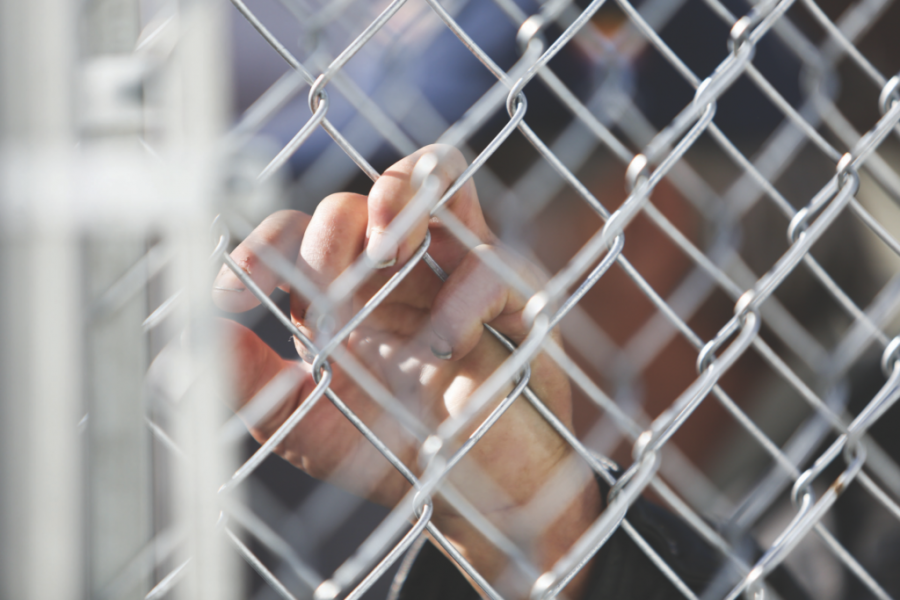As a part of Salt Lake City’s recent efforts to address homelessness, three new homeless resource centers will be built in the area. These shelters are being designed and built under the leadership of principal architect Jill Jones, who is the founder of ajc architects, an adjunct professor in the University of Utah’s School of Architecture and a U graduate.
When deciding the most important elements to include in the plans for these new shelters, Jones and her team turned to the community.
“What we typically do when we start an architectural design is talk to a lot of people, and you can imagine that with three homeless resource centers, there’s going to be a lot of people to talk to,” Jones said.
Multiple forums were held to gather public voices on what components mattered the most.
“In all of our conversations,” Jones said, “the same words kept coming up.”
According to the community, the buildings needed to be humane, connected, safe, flexible, durable, contextual, sustainable and trauma-informed. These eight common themes became the foundation for Jones’ designs.
The shelters mean to serve as an improved alternative to the Road Home, located downtown in Salt Lake City’s Rio Grande neighborhood. The Road Home is a large homeless shelter with over 1,100 beds. It will be shut down in 2019 as a part of Operation Rio Grande, a plan to target high crime rates in the area.
Jones said that the new resource centers were intentionally designed differently from the Road Home in several ways. For example, the current shelter downtown provides only the most basic necessities and requires homeless individuals to leave the facility during the day, meaning they must stand in line every night for a bed.
The new shelter designs provide people a more stable place to stay, where they can feel like they are in a safe and secure home.
“Our intent is that once someone has checked into this facility, we want them to stay onsite all day and all night,” Jones said.
Each building will come equipped with services such as bike and item storage, computer labs, meeting rooms, charging stations and classrooms. There will also be a full team of case managers and service providers specializing in mental, behavioral and physical health, career coaching, housing and domestic violence counseling.
“The goal of these resource centers is to give you these resources while you’re there, having a place to eat and sleep and be safe,” Jones said. “That way you can get back on your feet faster and more successfully.”
The designs for the three facilities were revealed last month. The first will be a 200-bed facility for women which will be built at 131 East 700 South, the next is a 200-bed co-ed facility to be located between High and Paramount Avenue and the third is a 300-bed facility for men on 3380 South and 1000 West.
Since the locations were announced for the resource centers, many residents and businesses near the announced areas have expressed opposition. At a forum held in September, many expressed their anger and concerns over how this new presence will impact customers, property values and the surrounding area as a whole.
Many business owners felt that communication of the plans was poor and inconsiderate of those already living in the locations where the shelters will be built. As reported by The Salt Lake Tribune, one woman said she felt “blind-sided” while another man explained that he wished he would have known before investing in that part of town.
Jones said although she knows the locations have been a hot topic for the community, her team is working to make sure that the new centers fit into their respective sites as seamlessly as possible.
“We need to make sure that contextually, the architecture really ties into the neighborhoods,” she said.
She also said that safety will be a priority in the design of these buildings for both the clients staying in the facilities and their surrounding neighbors.
The design process is still in its early stages, but preliminary plans have already been released to the public. Jones estimates that the project is about 30 percent complete. If design and construction follows the predicted trajectory, the three resource centers will be finished in April or May of 2019.
“We’re trying to envision how these buildings can support spaces that are warm, motivational and actually treating the people living there,” Jones said. “We call the homeless population our clients, so how we make sure the building can support a humane solution for the people who are going to be there is important.”


